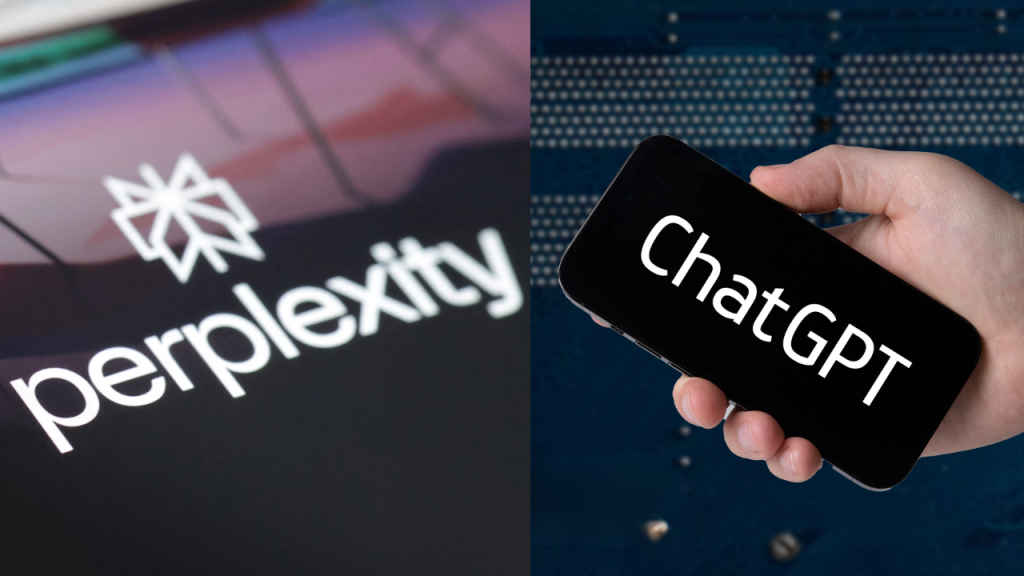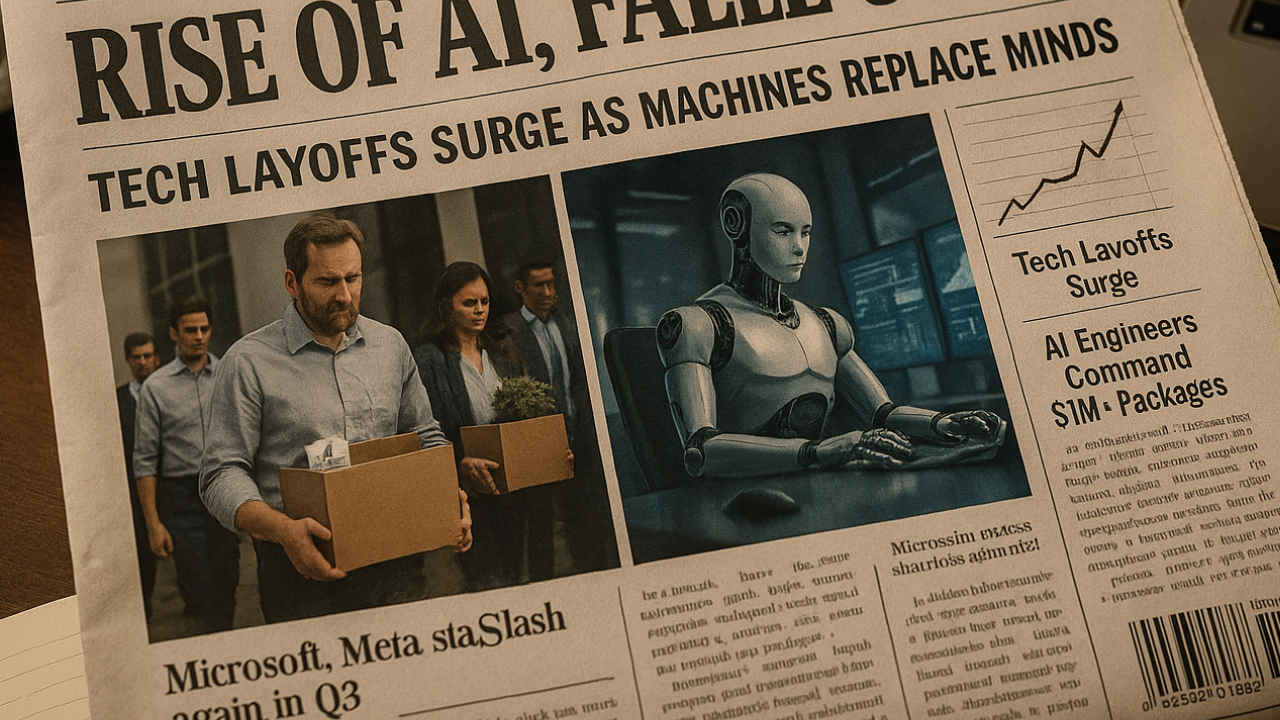If you spent the last year thinking your job might be handed over to a hyper-efficient AI agent, you’re not alone – and you’re not entirely wrong. When you reflect on some of the early numbers on how GenAI is impacting businesses who’re bending over backwards to adopt it, they paint a far murkier picture than the utopian future we were sold.
According to MIT’s NANDA initiative, US enterprises have spent somewhere between $35-$40 billion on GenAI projects in the past 24 months. And what are they getting in return, exactly? Next to nothing, since only 5% of pilots make it across the finish line to production. The remaining 95% of GenAI implementations remain stuck in the starting blocks, or worse, quietly shelved in digital graveyards where “innovation” goes to die.
So that begs the all important question, on the back of all the AI hype – where is the revolution going wrong?
GenAI: All hype, no hope?
The NANDA report, titled The GenAI Divide: State of AI in Business 2025, is an extensive reality check. Based on hundreds of interviews and public deployments, it reveals a brutal truth: Chatbots, contract analyzers, marketing copilots – most enterprise use cases are delivering little to no measurable impact on productivity or profit. They’re demos masquerading as strategy. Science projects posing as transformation.


Everyone’s playing with GenAI like they do with LEGO blocks, in a matter of speaking, but no one seems to be building anything worthwhile with them just yet.
And yet, the GenAI enthusiasm refuses to die. Like crypto and VR before it, GenAI has become a corporate status symbol, and the FOMO is real. You’re either in the race or you’re irrelevant. All that’s seemingly leading to is a mad scramble to inject LLMs into every function, regardless of whether they actually solve a problem or just look impressive in a boardroom, according to the MIT’s NANDA report.
Integration is the biggest problem
It’s not that the models are underpowered. Even the MIT NANDA report says GPT-4, Claude, Gemini – these tools work, at least in the lab. The problem begins when you try to chain them to the rusted cogs of legacy enterprise workflows. These traditional business systems were built for predictability, obeying hierarchy, and most importantly data that plays by the rules. GenAI is none of those things, it’s disruptive chaos and improvisational by design.
Also read: Bill Gates says AI is moving at “great speed” on the jobs market: Here’s why
MIT’s Aditya Challapally, the report’s lead author, points to a “learning gap” – not just for the models, but for the companies using them. He said that generic tools like ChatGPT excel at individual use, but they stall at enterprise scale because they don’t integrate with internal data or learn from institutional knowledge.
There’s also the matter of misplaced priorities. Most companies, the report notes, have sunk their AI budgets into frontend sales and marketing fluff, while back-office automation – where the real cost savings lie – has been neglected.
Where AI is making a dent, however, it’s in roles that were already vulnerable like customer support, admin ops, and process outsourcing. Not through mass firings, but through attrition. Positions left vacant aren’t being backfilled. In sectors like Tech and Media, over 80% of executives surveyed anticipate lower hiring volumes within the next two years, according to the MIT NANDA report.
But what’s perhaps more concerning than layoffs is the lack of productivity gain. If companies aren’t hiring and they’re not making more money or building better products… what exactly is the point?
If GenAI isn’t working, what’s prompting the job losses?
This paradox is hard to ignore, and it’s a question that the MIT NANDA report doesn’t answer head on. If GenAI is largely failing to create business value – if it’s a glorified pilot project in most organizations – then why is it already triggering hiring freezes and silent layoffs across tech and media sectors? Why are companies restructuring entire departments, not on the back of productivity gains, but seemingly in anticipation of a future that hasn’t arrived?


Also read: Big tech layoffs amidst top AI talent hunt: Tech job market gone crazy?
It’s a question that gets to the heart of modern corporate drama, where layoffs are often less about efficiency and more about narrative. AI isn’t replacing people because it’s better. It’s replacing them because the idea of AI is better – for shareholders, for quarterly guidance, for appearing future-ready. At least, that’s what I think.
In that sense, GenAI has become the perfect alibi for company management. A shiny, forward-facing rationale for doing what many companies were always going to do anyway – cut costs, thin ranks, and automate the “non-core.”
Too early to write-off GenAI’s benefits?
Possibly. Another way to read the MIT NANDA study’s finding is that what we’re experiencing isn’t failure, but friction. The awkward teething phase of a technology that will change everything – just not yet.
Think back to the early days of cloud computing. When companies fumbled, bills soared, and performance lagged. But now, we don’t blink at spinning up compute in minutes. AI may follow a similar arc. Still in its infancy, the agentic AI systems on the horizon – tools that learn, adapt, and act semi-autonomously – might be the missing piece.
But in the meantime, the real question isn’t whether GenAI can change the world. It’s whether we’re asking it to solve problems that actually matter – or just chasing a shiny new thing to justify the next round of layoffs.

